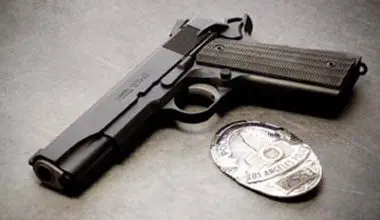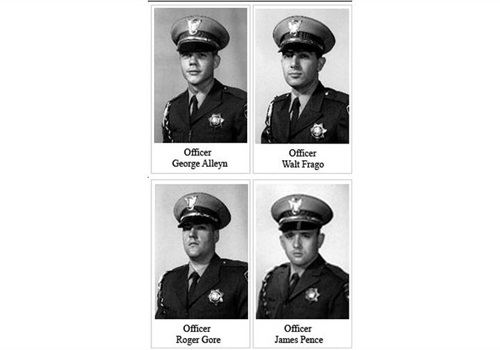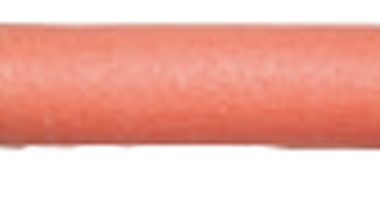Stance, check. Grip, check. Trigger finger placement, check. Sight alignment and sight picture, check. Anticipating the shot, frustrating.
Long ago, when I first graduated from the .22 long rifle and began playing with the big boys, I developed a problem we have all faced at one point or another. Anticipating the shot, or flinching as it is better known, is a plague that infects many new shooters when moving up to a cartridge with a little more oomph.
I beat my flinch by shooting it out. With a lot of lead downrange, my brain finally figured it out. After much reflection and research, I figured there has to be a better way, at least one a little more thought out and efficient. Working with many different shooters with different experience levels led me to discover a method to the madness.
In breaking the flinch, we have to train the brain through repetition to deal with something that is not completely natural. Let’s face it, holding in your hands two feet from your face something that makes a thunderous boom and tries to jump out of your hands isn’t exactly a natural thing for your brain to deal with.
Dry-fire practice is great, but the brain is smart and knows there isn’t a live round in the chamber to make the big bad kick and boom. To set the stage for the brain to accept this unnatural process, we first need to confuse the brain, then slowly add parts and pieces until completion.
Once it is determined that the shooter has a flinch, the next step is to remove the brain’s connection of the trigger finger controlling or making the kick and boom. With a magazine loaded with live rounds, have the shooter load and chamber a round. After punching out on target and acquiring the proper sight picture, have the shooter keep their trigger finger straight along the frame.
While repeatedly communicating with the shooter to see if they are still on target, place your finger on the trigger and press to the rear for them until the shot breaks. This drill removes the brain’s association of the shooter’s trigger finger causing the kick and boom. After a few rounds of this, the shooter should become more familiar and comfortable with the fact that firing the handgun is not a threat and there should be no need to flinch to subconsciously prepare them for the unnatural act.
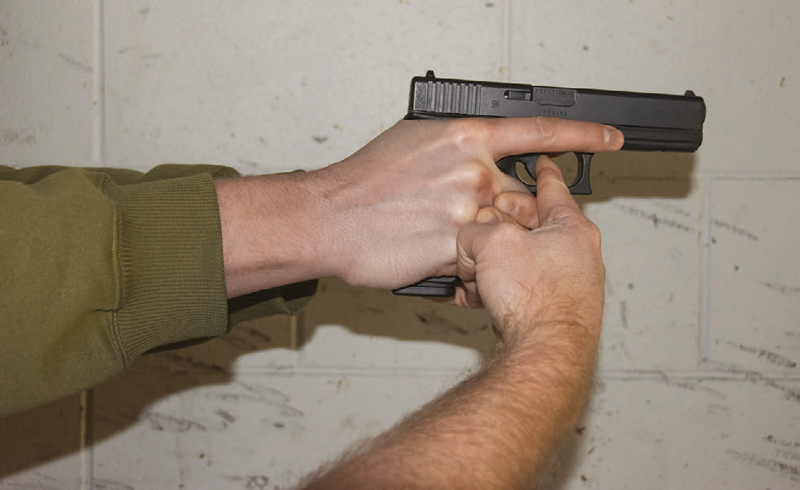
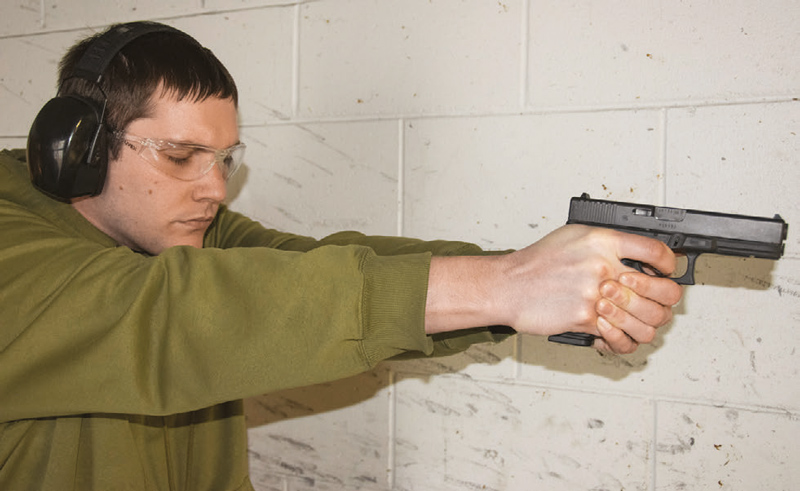
Once the conscious or subconscious uneasiness is gone, the shooter needs detailed concentration on pressing the trigger. It is often said that the visually impaired can hear and feel more efficiently than the average sighted person. By removing one of the five senses, we can give more attention to those still in use. This method is the focus of step 2.
Loading a magazine randomly with live rounds and dummy rounds, have the shooter punch out and acquire the sight picture. Once the shooter is on target, have them close their eyes and fire the live or dummy round. Once the shot breaks or clicks, have the shooter open their eyes and allow the trigger to reset.
After questioning shooters I have used this on, they have all said that they are able to concentrate with much more detail on the process of the trigger press. Many have said they are able to feel unique points in their trigger that they had never felt before. The dummy rounds or snap caps allow for visual confirmation of whether the shooter is still flinching, as well as keeping the brain confused about if it is a live round or not. Once the shooter is confident in the detail of their trigger control, we move to step 3.
The third drill is conducted in the same way as the prior drill, but with the eyes open. Ensure that the shooter has no way of knowing how the rounds are loaded in the magazine. When a dummy round or snap cap is encountered, the shooter can treat it as a failure to feed/failure to fire drill.
Once the eyes are opened, the shooter may revert back to their old ways and you may see flinches resurface. When this happens, start the entire process over immediately. It doesn’t have to be as in depth or lengthy, and only a few rounds may be needed in steps 1 and 2 before returning to step 3 again.
It is imperative that the first two steps be conducted again when a flinch is found during step 3, because of how the brain and muscle memory work. Good trigger control is muscle memory and is only ingrained by repetition. If bad repetitions are allowed, the shooter will be spinning their wheels on the road to progress.
When the flinch has been broken and the shooter is displaying consistent and proper trigger control, it’s not the end of the road. Muscle memory is built by the firing of nerves in the brain. For those nerves to fire naturally takes a great amount of repetition.
When a habit is formed, certain nerves fire together. When these nerves fire together repeatedly, they wire together, creating the ability for a subconscious action or habit to take place.
To break a developing or existing habit, the new nerves have to fire together enough times to wire together, making them the natural action.
Using the three-step system allows the shooter to begin their good repetitions sooner, and gives them tools to correct themselves if the old nerves start to fire again.

